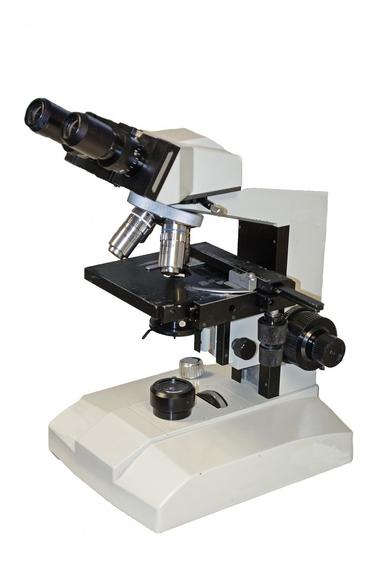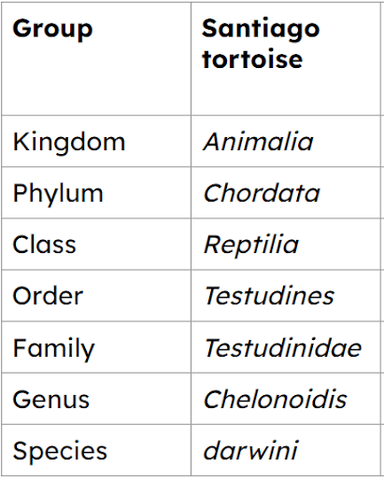Classification into kingdoms and domains: sub-cellular evidence
I can describe the classification of organisms based on evidence from their phenotype and cells.
Classification into kingdoms and domains: sub-cellular evidence
I can describe the classification of organisms based on evidence from their phenotype and cells.
These resources will be removed by end of Summer Term 2025.
Lesson details
Key learning points
- Organisms are classified into groups within larger groups, from species up to kingdoms and domains
- There are domains of eukaryotes (animals, plants, fungi and protists), bacteria and archaea (both prokaryotic)
- Organisms can be classified using evidence of their macroscopic features (phenotype)
- Organisms can be classified using evidence of their and microscopic cell structures
Keywords
Species - a group of similar organisms that can breed together to produce fertile offspring
Kingdom - A division of living things in the classification system. The five kingdoms are animals, plants, fungi, protist and prokaryotes.
Domain - The three domain system of classification organises organisms into three large groups: Bacteria, Archaea and Eukaryota.
Phenotype - the physical characteristics of an organism
Common misconception
Pupils may think that the modern classification system that we use today is complete.
Remind pupils why new data from experiments or observations leads to changes in models or theories.
To help you plan your year 11 combined science lesson on: Classification into kingdoms and domains: sub-cellular evidence, download all teaching resources for free and adapt to suit your pupils' needs...
To help you plan your year 11 combined science lesson on: Classification into kingdoms and domains: sub-cellular evidence, download all teaching resources for free and adapt to suit your pupils' needs.
The starter quiz will activate and check your pupils' prior knowledge, with versions available both with and without answers in PDF format.
We use learning cycles to break down learning into key concepts or ideas linked to the learning outcome. Each learning cycle features explanations with checks for understanding and practice tasks with feedback. All of this is found in our slide decks, ready for you to download and edit. The practice tasks are also available as printable worksheets and some lessons have additional materials with extra material you might need for teaching the lesson.
The assessment exit quiz will test your pupils' understanding of the key learning points.
Our video is a tool for planning, showing how other teachers might teach the lesson, offering helpful tips, modelled explanations and inspiration for your own delivery in the classroom. Plus, you can set it as homework or revision for pupils and keep their learning on track by sharing an online pupil version of this lesson.
Explore more key stage 4 combined science lessons from the Classification in modern biology unit, dive into the full secondary combined science curriculum, or learn more about lesson planning.

Licence
Starter quiz
6 Questions

Exit quiz
6 Questions



